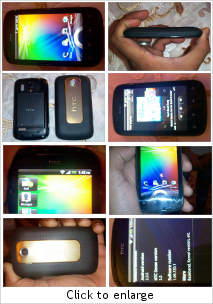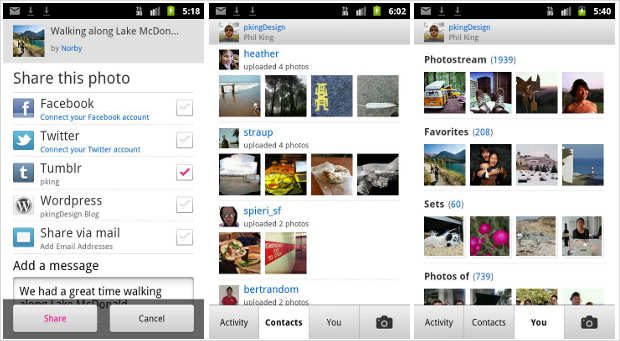Tizen is a new open source mobile and device operating system based on Linux which will be designed to support multiple device categories such as smartphones, tablets, smart TVs, netbooks, and in-vehicle infotainment devices.
The project is hosted by the Linux Foundation with development LED by a technical steering team from Intel and Samsung. Tizen will build upon technologies developed as part of the MeeGo and LiMo (Linux Mobile) projects.
Intel, along with Nokia, was part of the Linux Foundation’s earlier project called MeeGo. “Over the next couple of months we will be working very hard to make sure that users of MeeGo can easily transition to Tizen, and we will be working even harder to make sure that developers of MeeGo can also transition to Tizen.” An Intel representative working on the MeeGo project said on the project’s website.
MeeGo is not dead but Nokia has left it in favour of Microsoft’s Windows Phone 7 as its smartphone OS. Intel is still backing MeeGo, but will now move to Tizen and will use its knowledge for this new project.
Google recently announced its decision to buy Motorola, which will put it directly in competition with device makers like Samsung, LG, Acer, Asus and HTC who use Google’s Android operating system in their smartphones.
After the move it was widely speculated that the device makers will look for a new OS to hedge the risk. With Samsung already participating in the Tizen project, Acer and Asustek are expected to join it as well. HTC is also evaluating its options (according to Digitimes,) but it is clear that it was indeed keen on a new operating system.
There are several reasons to believe that this project will taste success or will at least remain in focus. Samsung already has a smartphone operating system under its belt with bada (an OS that has seen a fair amount of success,) and will use its know-how to improve Tizen. Intel too has a lot of experience with MeeGo, an OS which techies used to love.
The other reason is that Linux Foundation has a fairly large number of members in Fujitsu, Panasonic, NEC, Motorola, ARM, ACCESS, Casio, NTT Docomo, SK Telecom, Telefonica, Vodafone and a host of others. While it is still not clear what their position with this new project is, we certainly expect to hear some of them joining it soon. Motorola could be ruled out as it is now owned by Google, the biggest rival of this project.
The Tizen application programming interfaces are based on HTML5 and other web standards, which means compatibility will not be an issue. And that is why Linux Foundation anticipates that the vast majority of Tizen application development will be based on these emerging standards.
According to the Tizen website, HTML 5 and web standards based APIs will cover various platform capabilities such as messaging, multimedia, camera, network and social media. For those who use native code in their applications, the Tizen SDK will include a native development kit.
What is also good is that Intel will support Tizen with its Intel AppUp developer program and a developer framework based on HTML5 and WAC standards. Intel is also encouraging developers to continue building and submitting apps for MeeGo netbooks already shipping, apps that will be compatible — unchanged — on Tizen netbooks.
So by the time Tizen OS makes its first appearance, it will have a good stack of apps. A lack of apps had killed HP’s WebOS, which was otherwise touted as a potential iOS killer.
HTML5 and Web Standards support means that this OS will be very suitable for cloud based services like those of Amazon, Google cloud service (Google Drive), Windows Sky Drive and iCloud.
Mobile manufacturers like Huawei and HTC are also trying their hands at cloud services and so are mobile operators across the globe. These companies will like this OS for this reason more than anything else.
Linux foundation will open the entire Tizen software stack from the core OS up through the core applications and polished user interfaces. Tizen and its SDK (software development kit) are expected to be released in the first quarter of 2012, with the first devices hitting the market in mid 2012.





